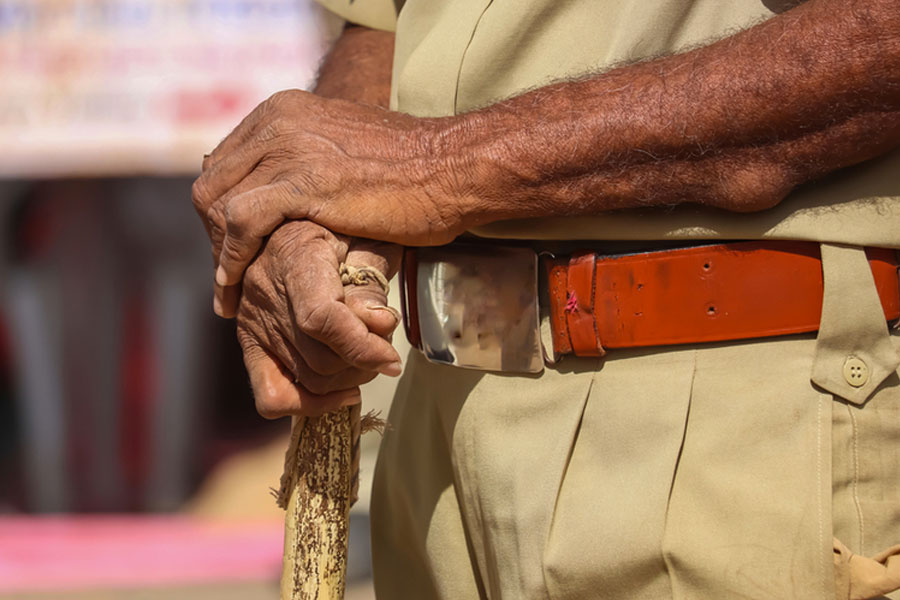 |
| The smart showers that lashed Shillong on Wednesday brought much relief to its residents. Soaked in sweat the hill station had been trying its best to propititate the weather dieties. A Telegraph picture |
Shillong, Aug. 17: A sudden downpour this afternoon was almost “godsend” for the residents of this picturesque hill station who have been seared by a scorching sun over the past two months.
Under the spell of heat with no rain, the Scotland of the East has not been able to provide any succour to the “sun-baked” tourists who flock to its generally cool and breezy surroundings “to beat the heat and dust of the plains.”
In the past week, the mercury rose to 30 degrees Celsius — unusual for Shillong and most other parts of Meghalaya. The meteorological department in Upper Shillong recorded August 11 as the hottest day of the year with a temperature of 28.4 degrees Celsius. The temperature has tended to hover close to the 28 degrees Celsius mark on most days in July and August this year.
As the skies opened up today for well over an hour to measure 5.4 mm rainfall, the mercury slid down the temperature chart and smiles adorned lips that had prayed for all these days for the return of the “good old days”.
Some elderly Shillongites had also tried out traditional tricks like burning chillies and burying them under the earth to awaken therain god, besides regularly chanting “sacred words” to appease them.
“The heat spell we have been experiencing is unusual for Shillong. The temperature was 3.7 degrees Celsius higher than that usually experienced at this time of the year. But weather changes owing to several factors like depression and change of direction of monsoon trough,” said Andrew Lyngdoh, the meteorologist in charge of the Central Seismological Observatory in Upper Shillong. The observatory studies weather and rainfall in the state, besides earthquake.
“We are expecting more rains in the next few days. At least, the forecasts show cloudy skies over the Shillong sky with a few spells of rain and thundershowers,” he added optimistically.
Lyngdoh attributed this wet spell to a change in the weather pattern and a change in the direction of a depression, which was earlier hovering near the northwest of Bay of Bengal.
“The depression is now headed inland and is at present positioned near Cuttuck in Orissa,” the meteorologist in charge said.
“An embedded cyclonic circulation has been recorded in the northeast of Assam and north of Myanmar. This could result in rain and thundershowers in a few places in Assam, Meghalaya, Nagaland and Manipur and in isolated places over Arunachal Pradesh,” Lyngdoh said.
Normally, the Northeast gets its quota of heavy rainfall as the monsoon trough (depression lines) moves towards the foothills of the Himalayas. This year, however, the monsoon trough moved south from its position, resulting in more rain in western India.
The overall rainfall this year has been extremely poor. According to data provided by the Met department, the state received 281.5 mm of rainfall in June and 132.1 mm in July. In August, only 88 mm of rainfall has been recorded so far. In comparison, the state had last year received 299 mm of rainfall in June, 316.5 mm in July and 338.7 mm in August.









